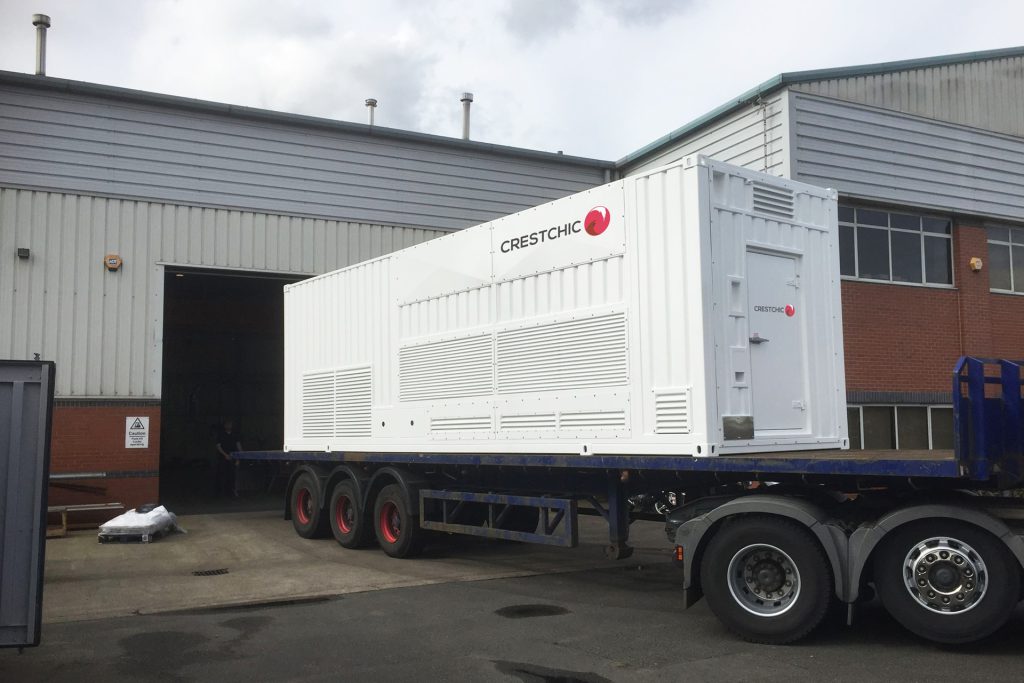WHY USE A LOADBANK?
Over time, lightly loaded generator sets develop wet-stacking and carbon build-up in the combustion chambers and exhaust system. The use of a loadbank helps prevent this and determines the generator’s capability to produce maximum output in terms of amperage and horsepower. The impacts of low load running potentially include:
- Increased lube oil consumption
- Poor engine performance
- Increased fuel consumption
- Crankcase pressurisation
For engine only exercising and general engine maintenance a resistive only loadbank is ideal for clearing carbon build-up in the engine, it is the most common and cost effective option for preventative maintenance. To test the engine and alternator typically at 0.8 power factor a resistive/reactive loadbank can simulate a building load, it should be used if the generator is being paralleled with a utility but can also be used for preventative maintenance. Whilst a more costly option it gives a more accurate indication of the overall generators health and performance.
Benefits to Loadbank Testing
- Peace of mind – will the generator work when needed
- Regular load testing can increase the life and reliability of a generator
- Proves performance of the generator (resistive/reactive required for 0.8 pf)
- Aids commissioning of generators for utility paralleling applications (resistive/reactive)
- Safe replication of emergency situations for new systems
- Demonstrate engine output for overhauled engines
Cr. https://loadbanks.com/


